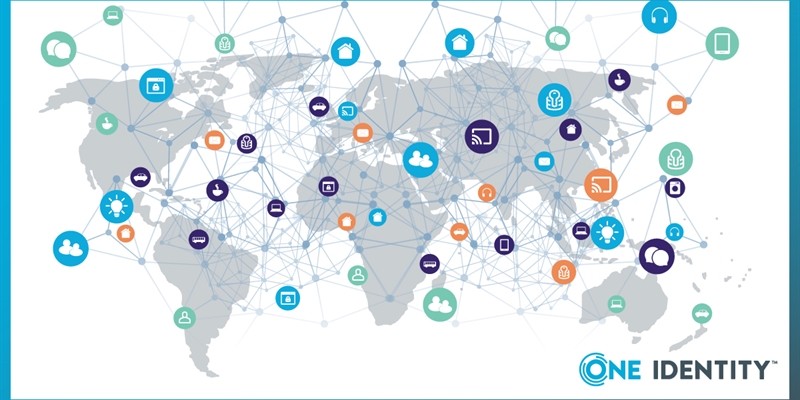Right now, IT departments around the world are working under immense pressure to get a whole new population of remote workers securely connected. This mad dash is to enable the global spike in quasi-mandatory work-from-home initiatives due to the new social distancing ’regulations’. To scale up the required resources, ensure stability and availability, and to grant uninterrupted access can be incredibly difficult under normal circumstances. In the current crisis environment, these challenges are stressing even the most hardened IT veterans.
But, even given the current situation, security must not become an afterthought. Remote access, while a valuable enabler of employee productivity, is also an attractive attack surface for bad actors. Securing it should be the highest priority for all organizations – yet with a global pandemic is forcing the hand of both business and IT.
So let’s talk security for remote access. The prevailing consensus is clear: passwords on their own are simply inadequate to protect highly valuable resources. With automated credential-stuffing attacks powered by massive databases of login informaiton housed on the dark web, passwords alone are just not safe enough. We need another security factor. As the latest Google research shows, using just one more factor during login protects against 100 percent of these new types of attacks.
Let’s talk headaches. Multifactor authentication (MFA) is a significant project for a large organization – particularly with hardward tokens. An organization must select the right vendor, acquire the tokens, distribute them to employees and then register them in the corporate database. This is an onerous undertaking, even in times of relative calm.
One Identity Defender is a proven MFA solution. It can be installed and configured in hours instead of days. This well-documented process will be familiar to any competent Active Directory (AD) admin. An important point is that Defender leverages AD, using your existing identity account data structure to manage and control remote access. As Defender inherits all the benefits of AD -- including resiliency, scaling and backup – this means minimal provisioning effort for your IT team.
And with the self-registering software tokens, you can roll it out to your enrire workforce without expending significant IT resources. The software tokens support a wide array of devices, including all popular smartphones, and they eliminate the time-consuming logistics of hardware token distribution.
To see how quickly and easily you can deploy One Identity Defender, get a copy of our Defender Quick Start Guide. It will show you how to install and configure this important piece of any remote-access security strategy.




